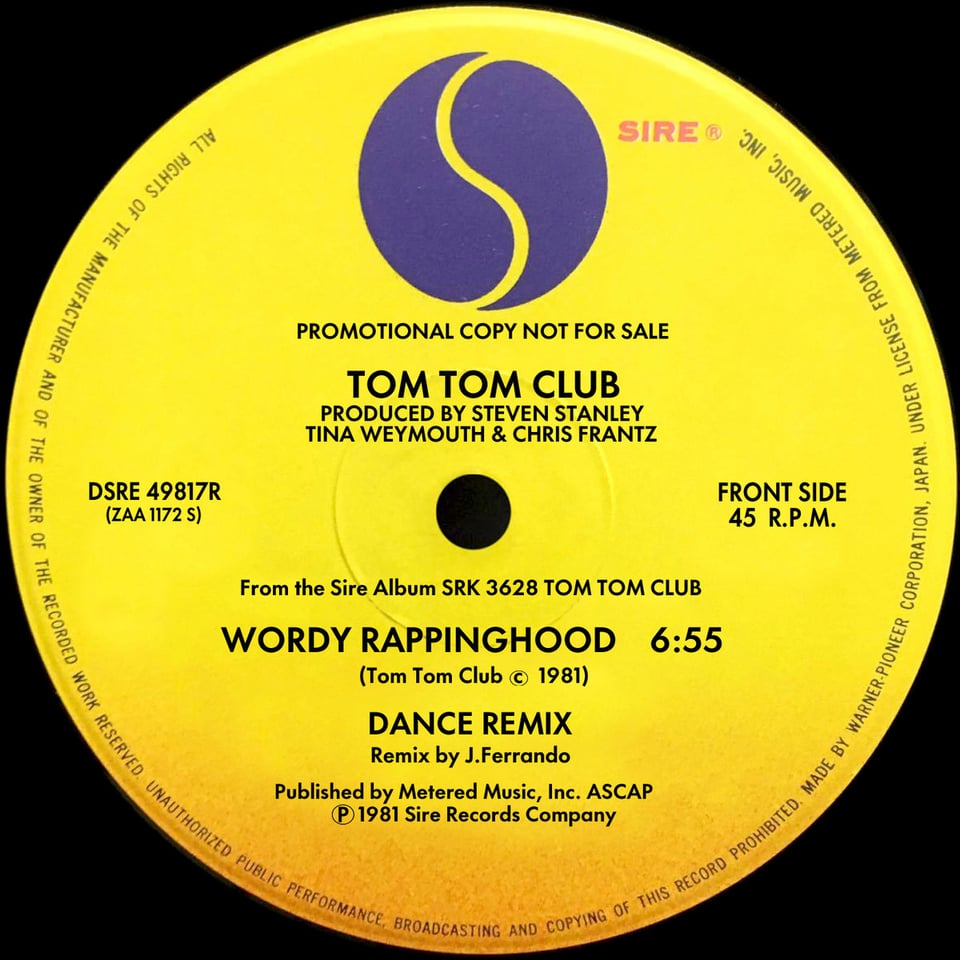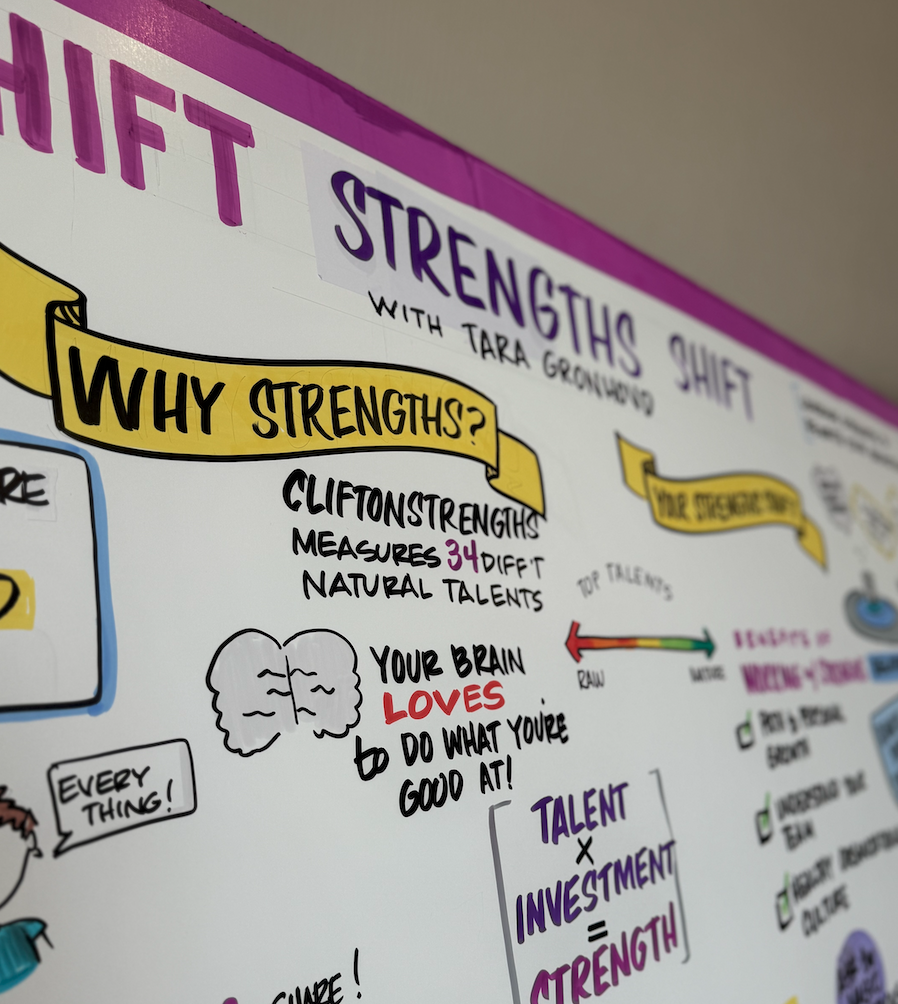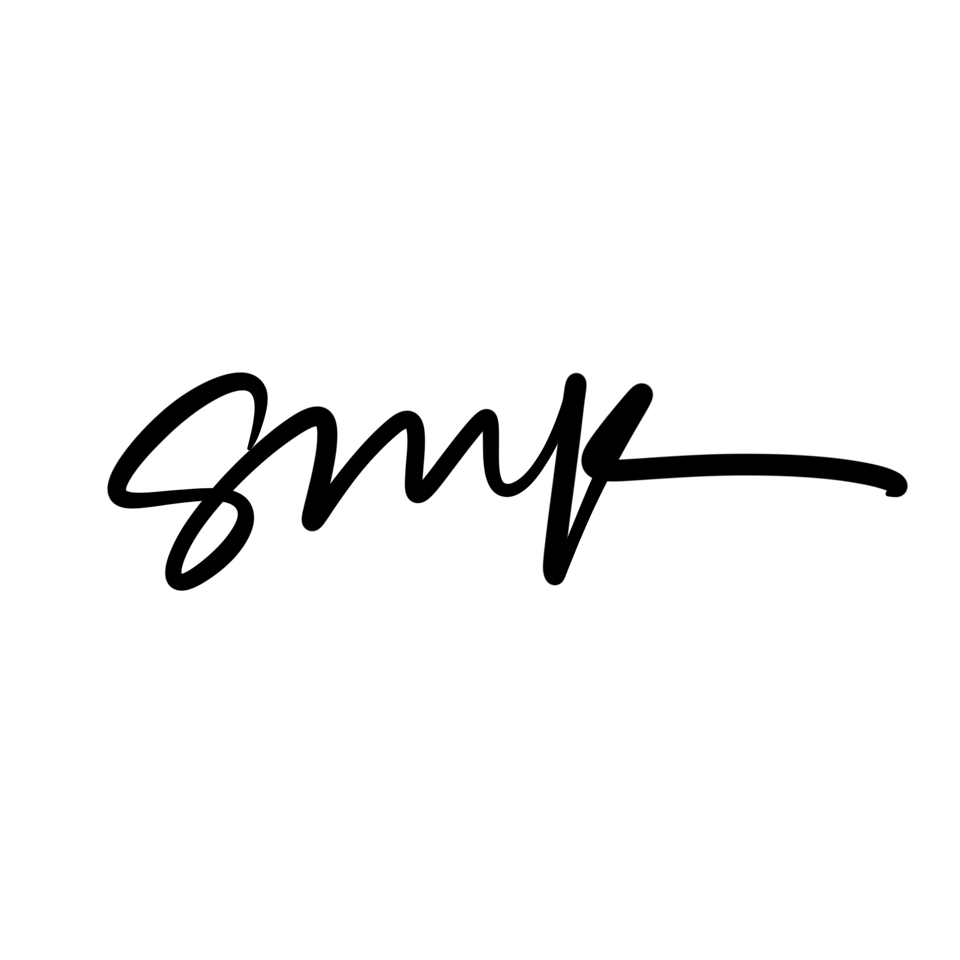Wordy Rappinghood / Stop Making Sense
Regarding the HTML you see above: I simply do not know why it’s showing up and I’ve contact my email platform to figure it out, but until I hear back, I’m just going to send it out anyway. Done is better than perfect ;)
In this edition:
- Corporate nonsense I mean Jargon
- Visual Communication
- Recommendations for internal corporate communication

This week I was graphic recording at the SHIFT Leadership Conference - a first time event put on by Align Transform Coaching Group, inspired by the work of bestselling author Jon Acuff and driven by an unstoppable determination to bring a transformation to the business community in St. Cloud, Minnesota. It was inspiring to hear the origin story of this event and see the energy and excitement of the organizers seeing the day come to life. I was there to visually capture the keynote and other sessions. What I love about this work is the exposure to content that fills my cup and helps me think broadly about how we collectively experience the world today. At the end of the session, I saw what I’ve seen time and time again since I started this work - attendees gathering at the board to capture photographs of the visual notes.

These photos and the reaction to large scale, illustrative notes reveals something useful about what people are craving. They don’t just want content, they want to feel like they understood it, like they were a part of it. The murals create a chance to remember what it felt like in the room. The notes let attendees see the stories that emerged, not just hear it once and let the words evaporate. This is why I love visual communication - it doesn’t replace the other ways we communicate, but it supports and expands how communication lands.
What corporate language does to us
Let me say up front: I’m not on a moral crusade against jargon. I use it AND I roll my eyes at it. BOTH CAN BE TRUE you guys. And I’ll use it again.
But using jargon has some concerning effects: It reshapes our tolerance for nonsense. (Here I don’t mean ‘nonsense’ like silly talk, I mean non sense as not making sense). It lets lack of confidence pass as strategy, it lets a slippery update sneak through without notice. I’ve seen different teams avoid clarity of role and responsibility by describing their purpose with jargon on slides, obscuring the fact that they all did the same thing. They were simply too fluent in different dialects of corporate nonsense.
I asked ChatGPT to use corporate jargon to soften the blow of these bad news updates:
Jargon | The Truth |
|---|---|
We’ll need to recalibrate expectations while we refine the operating model. | We literally have no idea what to do next and are scared to say it out loud. |
The project is on track from a comms perspective. | This project is never, ever going to happen but I’m here to keep the story alive a little longer. |
We’re refining success metrics as part of our QBR process. | We missed targets again but I need this dashboard to have a green light. |
What visuals do differently

A picture is worth a thousand words. I can now only surmise what the image above (now twenty years old!) meant in practice, but I can bet it was meant to communicate different use cases to a group of engineers and support engineers in probably (?) scenarios that required alert or alarm. But what I know to be true is that this visual - though not thoroughly documented, It was a shorthand spec that communicated something I know I would not have been able to do with text or words alone. And the engineers knew what to do with it. (Let’s also note the image above transcends language!)
As well - if something doesn’t add up, someone will point it out. The nature of the medium - when collaborative - is such that the group builds the perspective and the group builds the understanding, together.
Tactics for moving toward clarity
You don’t have to be an illustrator to employ visuals, and you don’t have to employ visuals to scrutinize jargon. You have to want your team and those you work with to stop hiding behind language that sounds good but doesn’t do its job.
Here are a few places you can start:
- Take a look at the deck you already signed off on: Read it again, slowly. Where is the language murky? Where are you letting words stand in for decisions that haven’t been made? Mark those spots and ask your team to go back and revise them.
- Pause that job description: The one filled with phrases like “dynamic self starter” or “partner with operations and technology teams to ensure products integrate flawlessly with existing processes and systems” and go at it again, aiming for plain language.
- Run a visual sensemaking session with your team: Pick a sticky issue you’ve been kicking around and draw it out together. (Hint: this is the type of collaboration that benefits greatly from coming together and working side-by-side in person). Use shapes, arrows, stick figures, anything you want, but agree the goal is to say what’s actually happening and get a handle on the problem.

Communicating Nuance and Complexity
This year, long-form, unscripted conversations are taking over communication landscape in a way that is refreshing. The medium is now a validated and fully recognized channel for getting out one’s message. I love that is allows the speaker and audience to tease apart and play with some complex, nuanced issues. What I especially love is the clear step back from scripted, polished, prepared speaking points. I think we are all tired of being … played? I don’t know what the word is but we are tired of it. Conversation is refreshing, informative, engaging and influential. It reaches people and pulls them along in the direction you want them to go.
I believe corporate communication can benefit a lot from visuals, podcasts, unscripted interviews and short-form, viral content that replicates. Imagine a new meeting format that catches popularity through word of mouth. Or a compelling conversation explaining the merits of a new, complex strategy. Or the complexity that is in play behind the scenes supporting a new organizational change. Sure, there are information management challenges to figure out - you need to protect the company secrets and can’t make the content portable. But that doesn’t mean you shouldn’t try. We shouldn’t be using subpar approaches to do a job they can’t do. We should aspire to something better and do what’s needed to make it safe to do so.
At the end of the day, if you’re leading change, or eve just trying to lead people, it’s probably time to say fewer things that sound smart and more things that sound real. We’ve got to address the efficacy of our work efforts and start prioritizing effective work, even over work methods that feel tried-and-true and served us in the past.
This summer, here’s where to find me
This summer, I’m prioritizing graphic recording and visual facilitation. This is the work that gives me energy. It brings me into the room where things are happening, and I either get to ride along and bring it to life, or even better, lean in and help to make it happen. In real time, I can help people get somewhere they couldn’t get through words alone.
If you’re planning a keynote, strategy session, leadership retreat, or something that needs to be captured in a way that makes it usable after the event, I’d love to talk.
This week kicks off the first of our Mid Year Reset Workshops (half day retreats)! There is one spot left for Friday and three spots left in Saturday’s offering. Check it out, bring a friend and see you for a half day of getting clear and motivated to tackle the second half of the year!
More events can be found here.
Let me know if you want help making things clearer. As always, please share what’s on your mind and what’s working - and not working - in your work.
